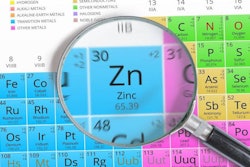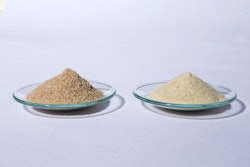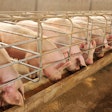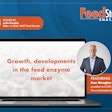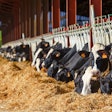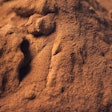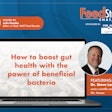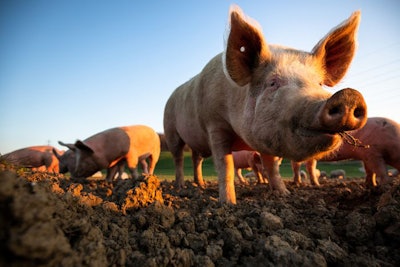
Certain probiotics could help reduce emissions from swine production, study finds
Cows aren’t the only species that could benefit from emissions-reducing feed additives. Emerging research suggests certain probiotics may be effective in combating emissions from swine production — and possibly other species as well.
According to a new study from Dankook University in South Korea, pigs fed a probiotic supplement containing Lactobacillus plantarum — a common probiotic strain — produced less ammonia after six weeks than those that did not receive the supplement. Higher doses of the supplement were associated with greater ammonia reductions. The supplement was also associated with improved growth performance, although the pigs on the supplement did not increase their feed intake, according to the study.
L. planatarum may help improve the digestion of nutrients, thereby increasing growth and decreasing emissions at the same time, said In Ho Kim, one of the authors of the study and a professor in the School of Life Resources at Dankook University.
“We all know that probiotic supplements are very safe and promising alternatives to increase nutrient digestibility and to improve the gut health,” Kim said. “The increased digestibility may result in a lower substrate for microbial fermentation in the large intestine, which subsequently decreases fecal noxious gas emission.”
A few previous studies have also suggested L. planatarum could aid in the reduction of ammonia, Kim said. However, he said, research in this area remains relatively limited. More work is needed to verify how the probiotic works, and to identify the optimal dose under various conditions, before widespread use of the probiotic can be recommended in commercial settings, Kim said.
“Producers should keep in mind that the efficacy of the probiotic depends on the dose level, animal age and species, health condition, as well as the environmental condition of the research facility,” Kim said. “The viability of the probiotic after mixing in the feed is one of the potential challenges to be taken into due consideration.”
Kim noted that Dankook University’s research team is planning further research using L. planatarum in pigs and poultry.



